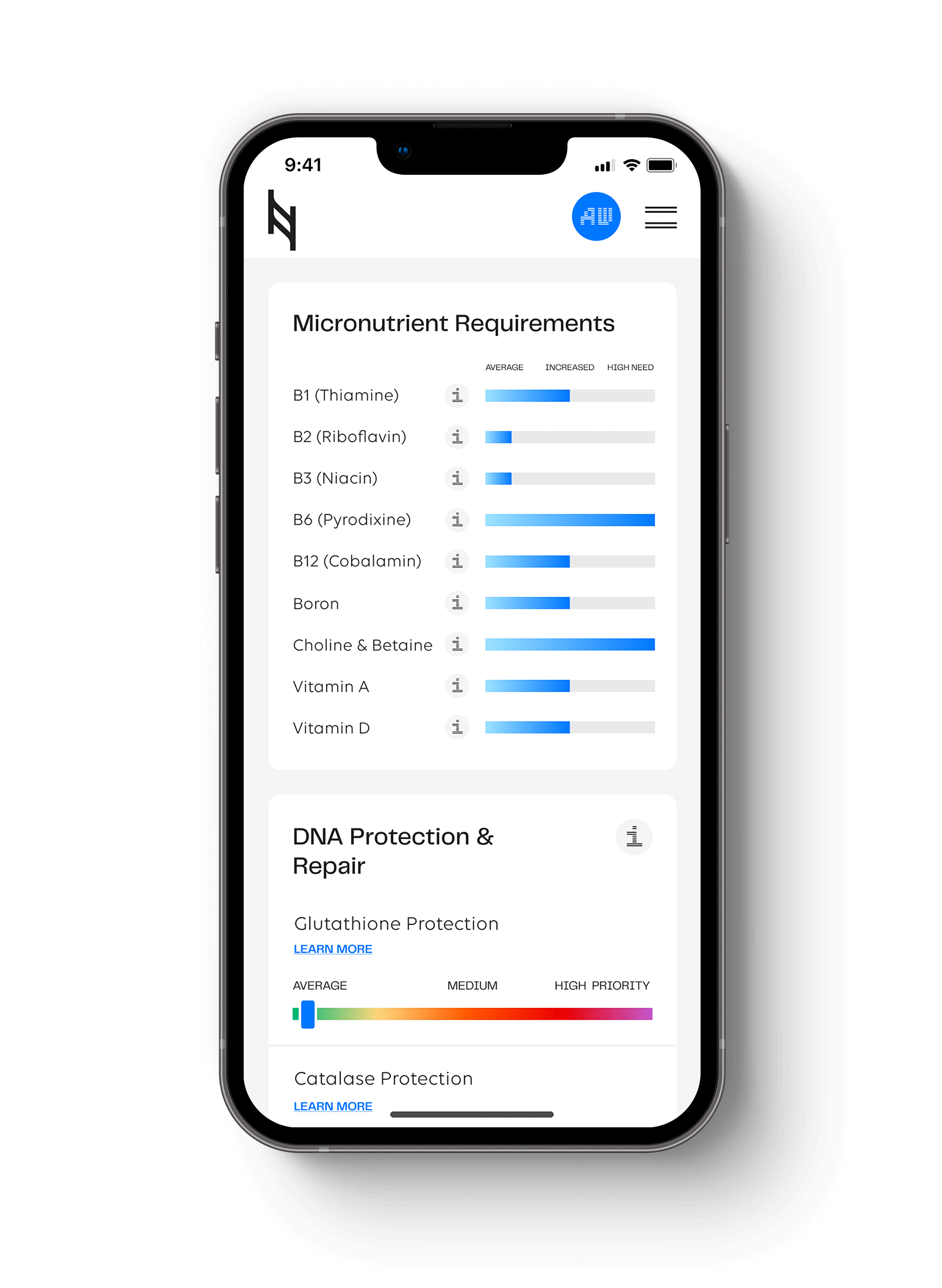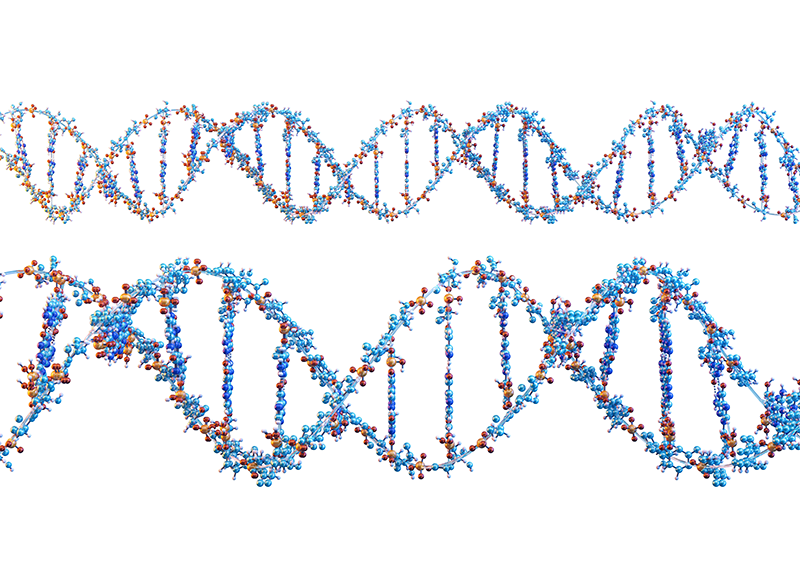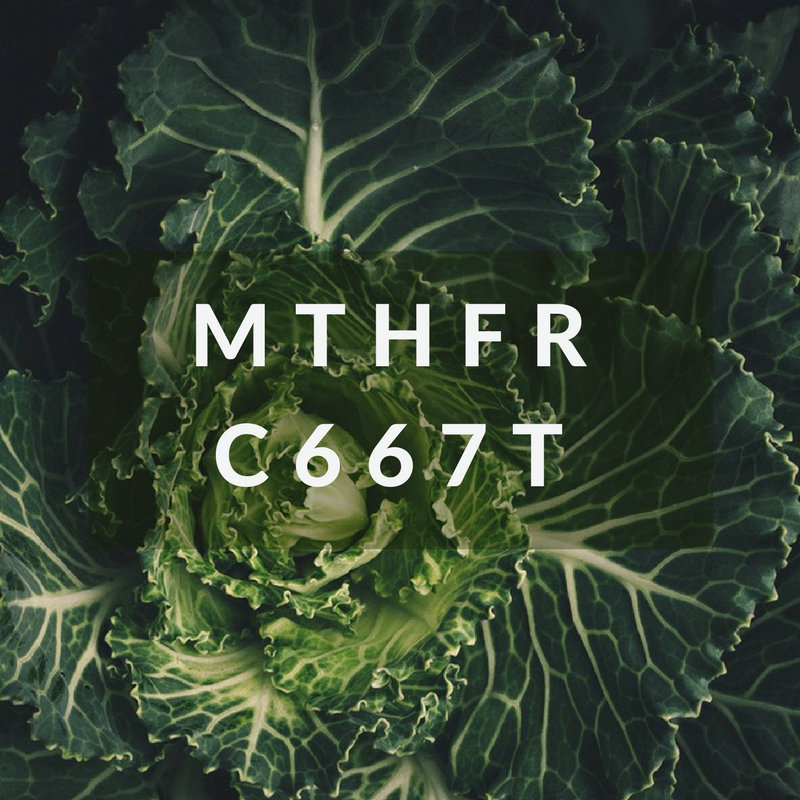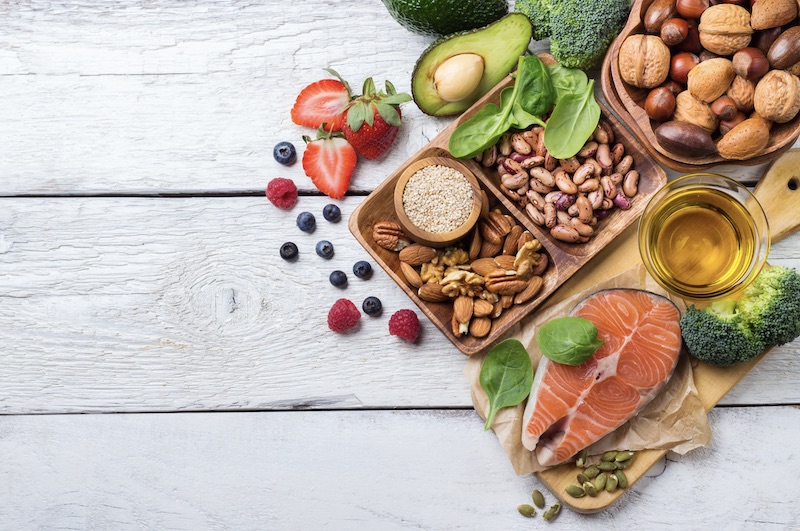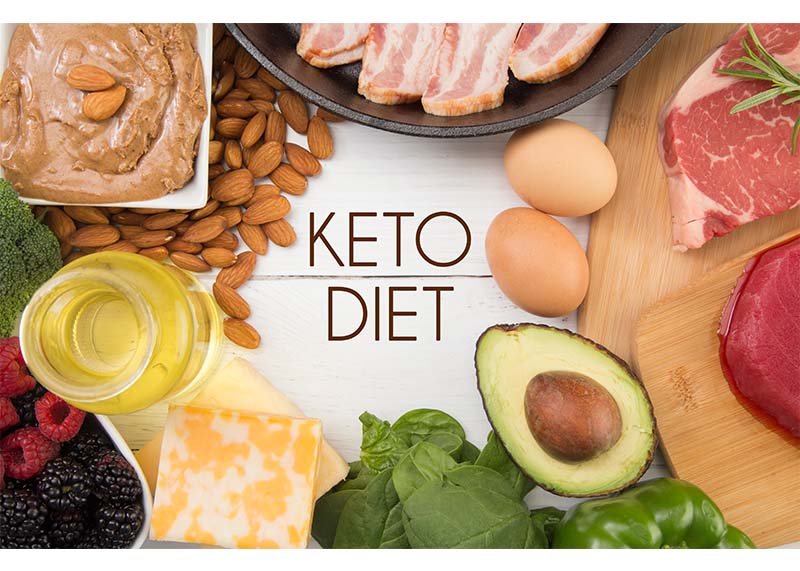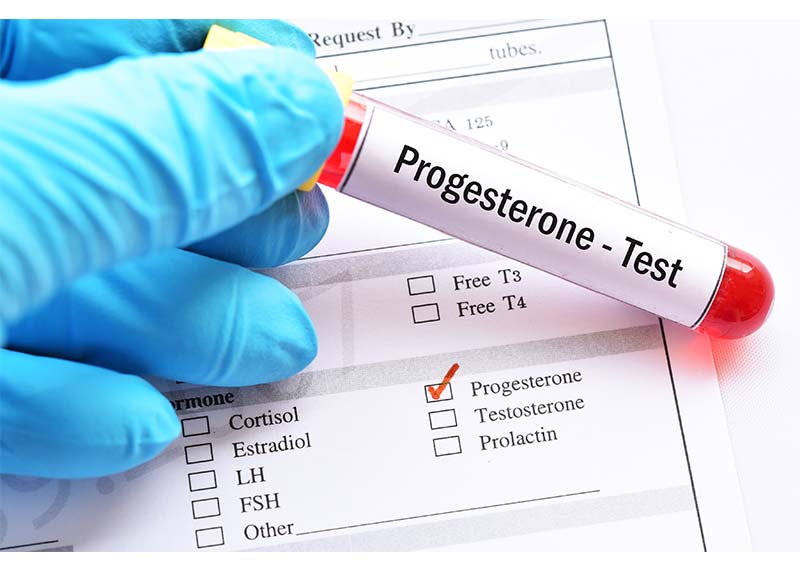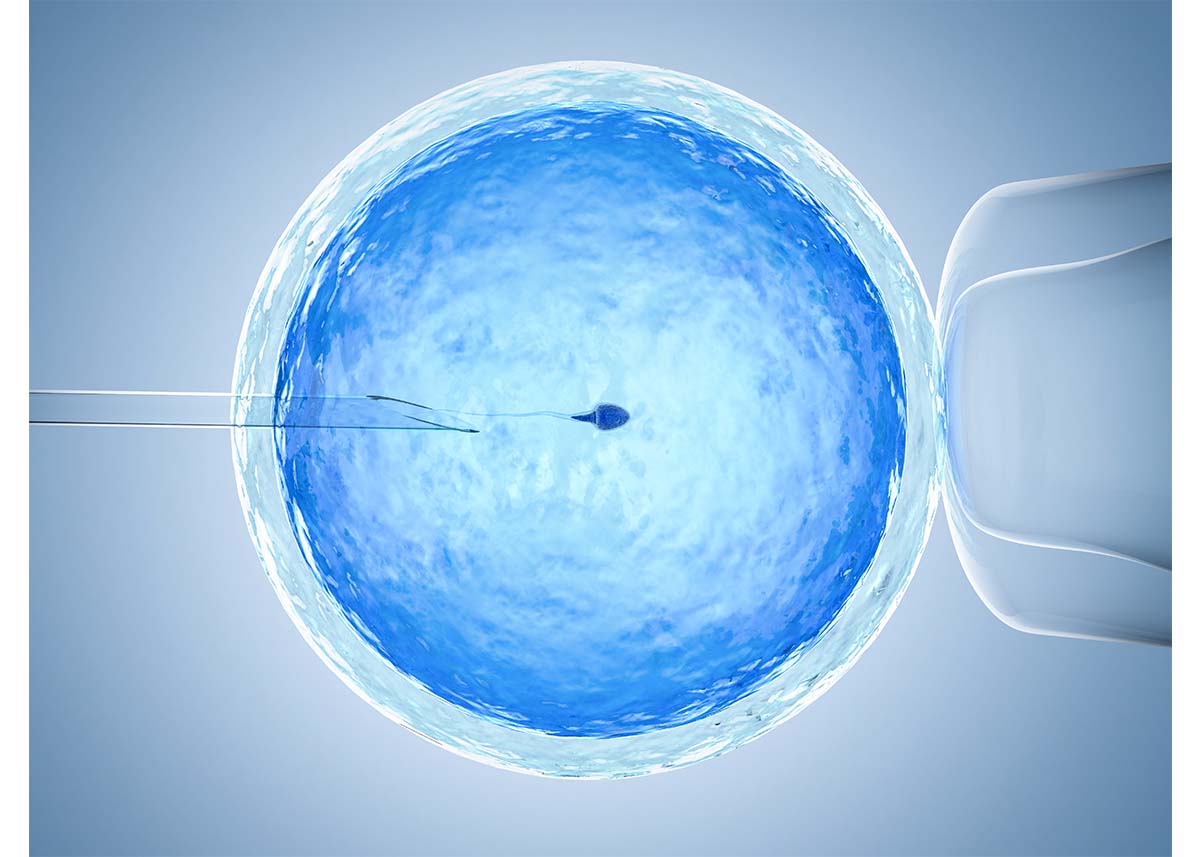Estrogen and progesterone have tremendous influence over numerous physiological actions. One of the most common associations with imbalanced hormones is the effect on mood. This can be debilitating for some women when their hormones are bouncing between extremes.
You may experience both high estrogen symptoms and low estrogen symptoms depending on the time of your cycle and epigenetic influences. Understanding how epigenetic factors like diet, medications, and environment influence your hormones can help you become proactive in achieving balance throughout each month of your cycle, and during post-menopause.
The Nutrition Genome Report can help you determine which genes need the most attention, like MAO, COMT, CYP1A1, CYP1A2, CYP2C19, and CYP1B1, along with genes related to higher needs of certain vitamins and minerals for optimal hormone function.
What are the Symptoms of High and Low Estrogen?
Chronically high estrogen levels can lead to anger, irritability, anxiety, worry, panic attacks, fatigue, insomnia, weight gain, bad PMS and cramps, allergies, blood clots, fibroids, endometriosis, and hormone-related cancers.
Very low levels of estrogen can cause depression, low libido, poor concentration and memory, migraines, fatigue, bone loss, osteoarthritis, chronic pain, UTI’s, infertility, and cardiovascular disease.
What Causes High Estrogen or Estrogen Dominance?
In the estrogen pathway, the enzymes MAO, COMT, CYP1A1, CYP1A2, CYP3A4, CYP2C19, and CYP1B1 all govern the speed at which serotonin, estrogen, dopamine, and epinephrine are increased and decreased. Low and high levels of any of these neurotransmitters will lead to depression or anxiety. Certain variants in these genes can make you more genetically susceptible to poor estrogen detoxification, increasing the need for more dietary and lifestyle strategies.
One of the biggest disruptors of this pathway is chronic stress and trauma. Stress slows this pathway down, leading to high estrogen, serotonin, dopamine and adrenaline levels. The body can get stuck in fight or flight from chronic stress, causing you to feel very reactive and eventually leading to your body burning out.
Xenoestrogens are synthetic estrogens that are ubiquitous in personal care products, plastic water bottles, and the environment. These xenoestrogens act like estrogen in the body, causing excess levels that your liver struggles to detoxify. Choosing natural care products with ingredients you can pronounce, glass bottles and organic foods help reduce your exposure to xenoestrogens dramatically.
What Causes Low Estrogen?
Menopause, hysterectomy, autoimmune disorders, chemotherapy and radiation treatment, very low body fat percentage, anorexia, excessive exercise as seen in female competitive athletes, and excessive caffeine intake.
The Link to Estrogen and Serotonin Levels
For pre-menopausal females, the menstrual cycle gives rise and fall in estrogen, progesterone, and serotonin. As estrogen rises, so does serotonin. As it goes down, so does serotonin. Estrogen influences pain transmission, headache, dizziness, nausea, and depression through serotonin signaling. When these swings happen in extremes, the feelings of anxiety and depression can be amplified.
While serotonin is mainly thought of as a mood-elevating neurotransmitter of the brain, only 1% of serotonin is found in the central nervous system. The remaining 99% is found in the gut and immune tissues regulating gut motility, vasodilation, clotting, immune cells and uterine contractions.
Fibromyalgia is another condition believed to be linked to estrogen and serotonin levels due to altered tryptophan metabolism (precursor to serotonin) and is observed in more females than males.
Estrogen Has Anti-Aging Properties
Estrogen has antioxidant properties due to its ability to bind to estrogen receptors and to up-regulate the expression of antioxidant enzymes. Estrogen receptors have been identified in the mitochondria (see the ESR2 gene found in the Nutrition Genome Report). Estrogen is actually protecting the mitochondria, and therefore conditions related to mitochondrial dysfunction, osteoporosis and accelerated aging need to be viewed through both hormone levels and relevant gene SNPs.
Estrogen’s Affect on the Digestive System
If you have a history of antibiotic use or digestive elimination problems, estrogen can become deconjugated, reabsorbed and reactivated in the blood leading to estrogen dominance and wide swings in serotonin.
IBS is a condition of serotonin, epinephrine and glutamate rushes and shortages and the consequential estrogen dysregulation. In the Digestion section of the Nutrition Genome Report, the ADRB2 gene can tell you if you are more prone to IBS from stress. For the rs1042714 genotype, both GG homozygotes and CG heterozygotes demonstrated a higher percentage of digestive issues compared with CC homozygotes. The G allele carriers were associated with a higher percentage of IBS cases, twice the rates of anxiety, and functional chest pain diagnoses.
Research has proposed that the microbiome contributes to breast cancer growth by modifying systemic estrogen levels. The Cleveland Clinic recently identified differences in the microbiome of breast cancer patients, showing a profound difference in bacteria.
The Hormone section of the Nutrition Genome Report analyzes all the genes involved in estrogen metabolism, including the FUT2 gene for bifidobacteria. The non-secretor FUT2 homozygous genotype has been found to have low bifidobacteria levels. Lactic acid bacteria, including bifidobacteria, have anti-cancer effects effects on the colon, bladder, liver, breast and digestive system. Bifidobacteria is also one of the species responsible for the metabolism of glucosinolates to isothiocyanates, the anti-cancer compound found in cruciferous vegetables.
How Do You Lower Excessive Estrogen?
Increasing your fiber intake (certain fruits, legumes, vegetables, nuts and seeds), magnesium, foods that contain natural aromatase inhibitors (white button mushrooms, oranges, lemons grapefruit), cruciferous vegetables (broccoli, cauliflower, bok choy, cabbage, Brussels sprouts), iodine and omega-3’s all help balance estrogen.
How Do You Raise Low Estrogen?
Determining the cause of chronically low estrogen levels is helpful in determining the best strategy.
If it is due to menopause, increasing foods high in phytoestrogens like flax seeds, miso soup, and hops during this time period helps bring relief due to phytoestrogens binding to estrogen receptors and upregulating serotonin receptors. Maintaining a diet high in phytoestrogens may assist throughout the post-menopausal period for estrogen, serotonin levels and preventing bone loss.
If it is due to low body fat percentage, an eating disorder, or excessive physical training, talk to your doctor regarding your concerns and a plan going forward.

Hit your health goals faster
We'll help you remove the guesswork
Experience the most advanced nutrigenomic test available, covering 100 clinically relevant genes for a "whole body" analysis. Take control of your health today.
$359
